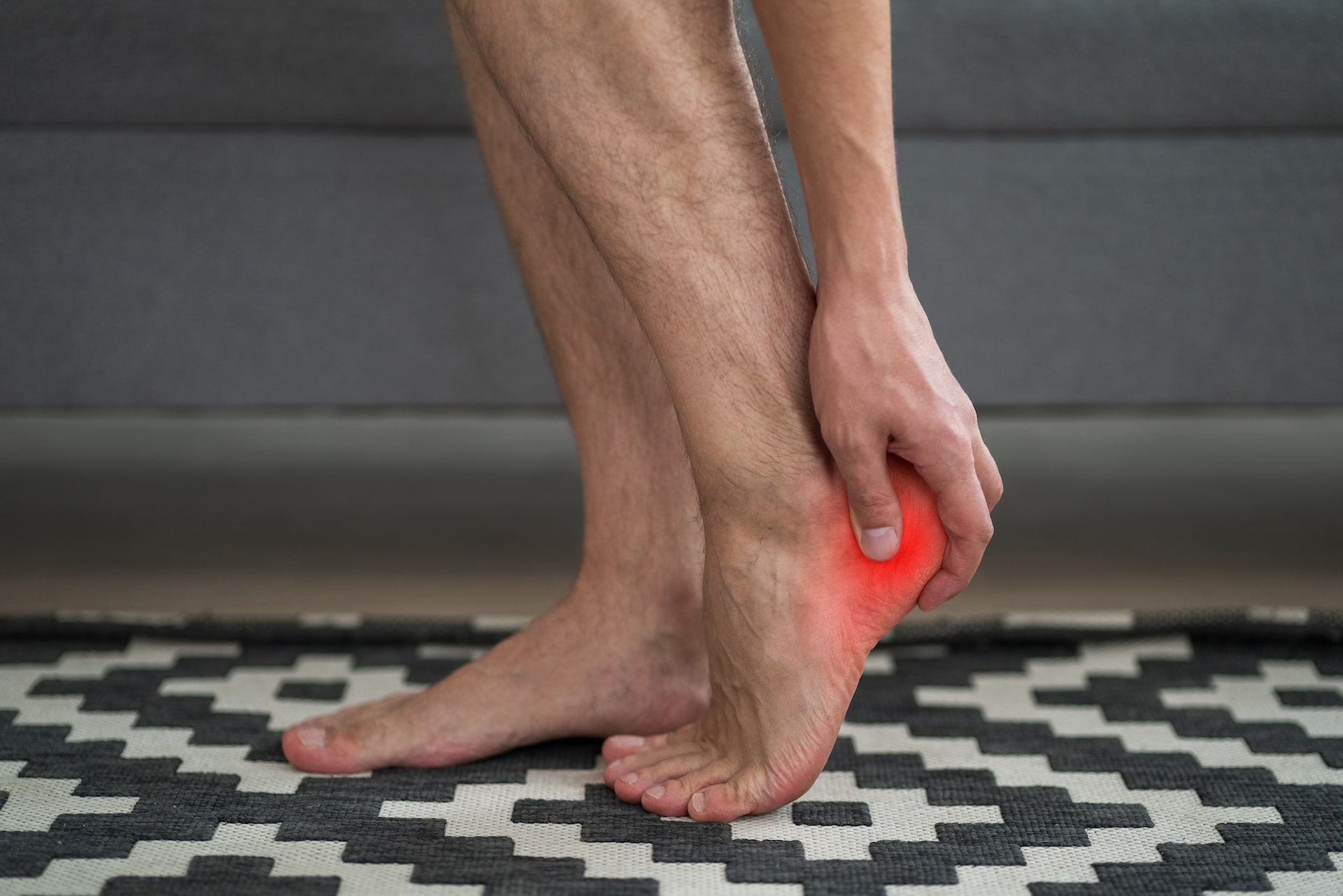Avoid pain and injuries with properly-fitting cleats
One of the most common causes of foot and ankle pain and injuries in youth soccer isn’t actually a collision or fall during a game or practice. Instead, much pain and many injuries are caused by poor-fitting soccer cleats. A soccer cleat is basically a thin shoe with spikes and very little ankle support. The constant running and changing of body position during soccer combined with the design of soccer cleats add up to an increased risk for foot and ankle sprains, as well as lower leg fractures.
When shopping for cleats for your child, start by avoiding hand-me-down or used cleats. These types of cleats can fit poorly as they may be worn down or have molded to the prior athlete’s foot shape and gait habits. Some soccer players like to have cleats that fit extremely tightly to minimize shifting of the foot within the shoe; however, such a tight fit adds excess pressure to the toes. With the forward motion of running, the toes are already bearing a higher load and tight shoes don’t help — leading to a variety of painful toe and forefoot problems. As your child grows throughout the season, be sure to replace their cleats in order to ensure proper fit and avoid shoe-related injuries.
Common injuries in youth soccer range from minor to serious, but they all should taken seriously and treated with care to prevent worsening symptoms or future related injuries. Among the most common injuries in youth soccer are:
Stress fractures
Stress fractures often appear as a nagging pain, often with localized swelling but no bruising, and may not show up on x-rays. Stress fractures are difficult to see and may not be diagnosed right away as a result. If the child continues to play and take part in activities despite ongoing pain, the fracture may worsen. Treatment for stress fractures usually involves rest, and for younger children or those who are more active, a cast or splint may be placed to prevent excess activity that would aggravate the injury.
Overuse injuries
Overuse injuries in youth soccer are usually tendonitis (often of the Achilles tendon at the back of the heel) or plantar fasciitis (affecting the fibrous band stretching down the length of the foot). Overuse injuries typically occur gradually, with the pain increasing the more a patient plays over time. The most common symptoms are pain, inflammation, and stiffness in the affected area. For most children, discomfort is present along the growth plate of the calcaneus (the heel bone). Growth plates are “open” (meaning the bone is still growing) until the ages of 13 to 16, and thus continuing play through an injury may increase risk of injury. Overuse treatment is often rest, ice or cold compresses, compression, and elevation of the affected area (RICE) and immobilization of the foot in a splint or bandage.
Sprains
Sprains range from minor to severe and are extremely common in soccer, particularly when an athlete makes a sudden turn or change of position, twisting the ankle in the process. Most people are familiar with the pain and swelling of a sprain, but a podiatrist should assess the injury to determine how severe it is and also to differentiate a sprain from a fracture. Sprain treatment is similar to overuse injury treatment with RICE and immobilization, although treatment may not take as long for a sprain.
Toe fractures
Toe injuries are common not only due to improperly-fitting cleats, but also due to kicking the ball at the same time as another player, causing the large toe to “jam.” For some players, the result may simply be pain and swelling, but for many, the result is a fracture of the large toe. Little can be done to treat a toe fracture other than rest, although “buddy taping” (taping the toe to its neighboring toe) may help with pain and with keeping the toe still. Ultimately, with a toe fracture, your child will need to avoid returning to soccer until the toe is healed.
Ingrown toenails
Ingrown toenails are particularly common in youth athletes who wear tight cleats or who have grown, and thus are wearing cleats that are too short. An ingrown toenail may cause intense pain, particularly when kicking the soccer ball. A podiatrist may easily and quickly treat an ingrown toenail, and in most cases, your child can return to play the very next day. Without treatment, however, an ingrown toenail may result in an infection that could spread beyond the toe.
In order to help your child continue their love of soccer, be sure to help them keep their toes, feet, and ankles healthy. At the first sign of injury, have your child stop playing and call Kansas City Foot Specialists at (913) 338-4440 to schedule an appointment.



